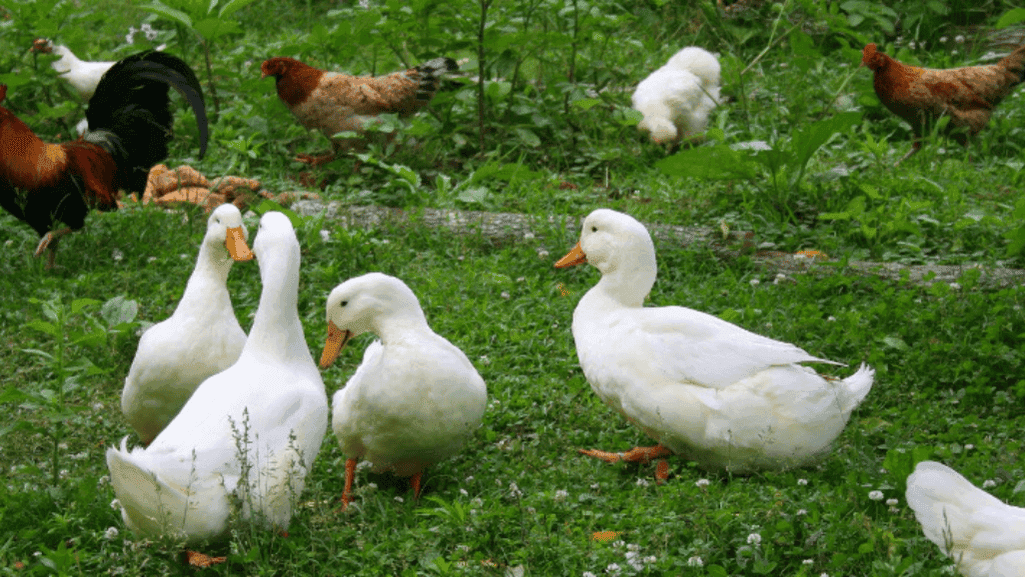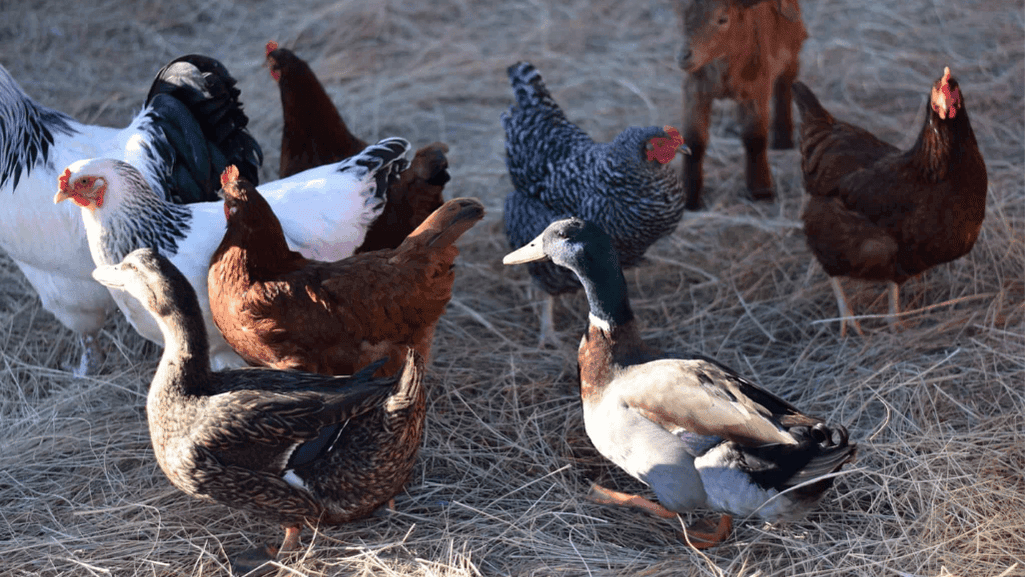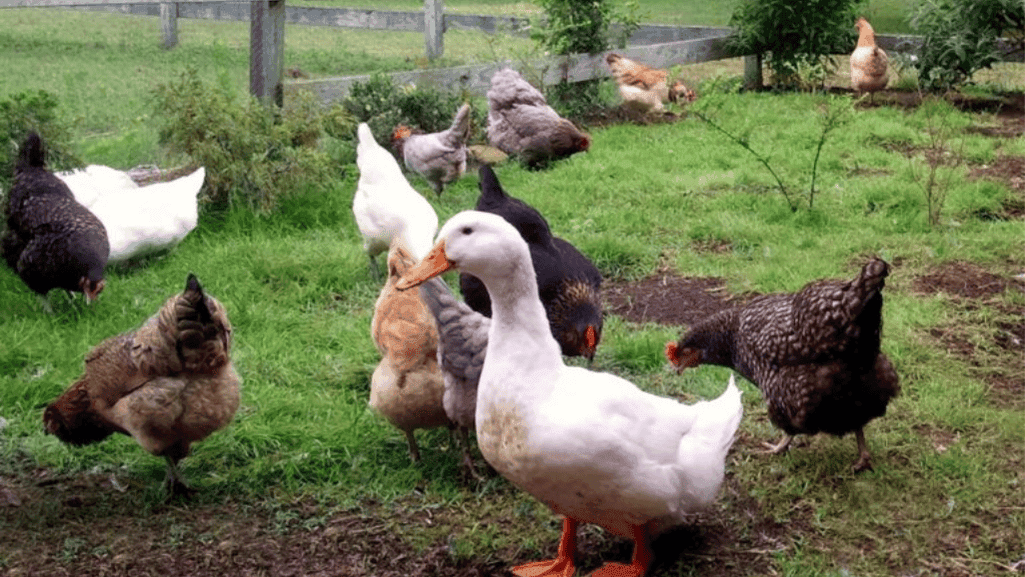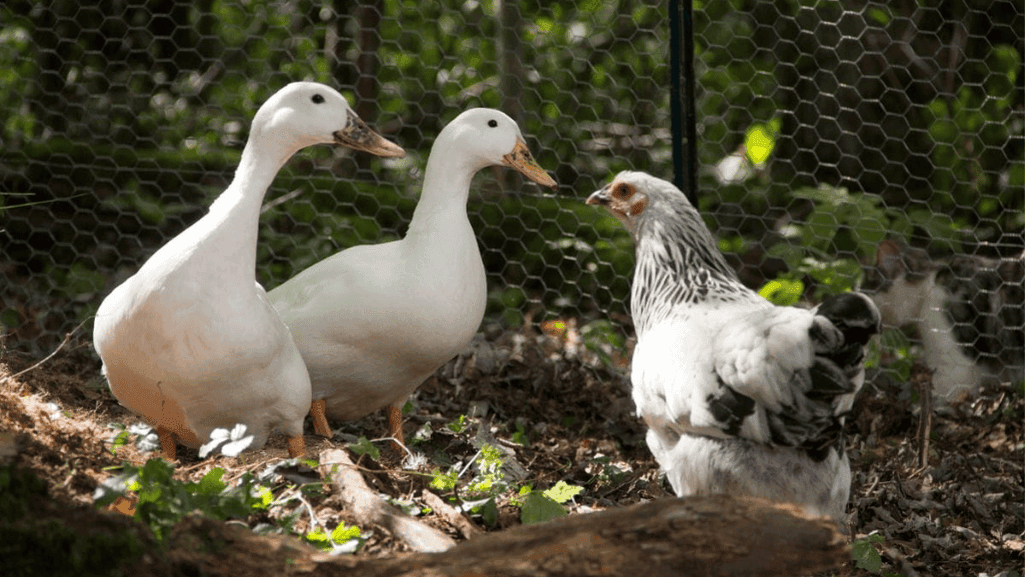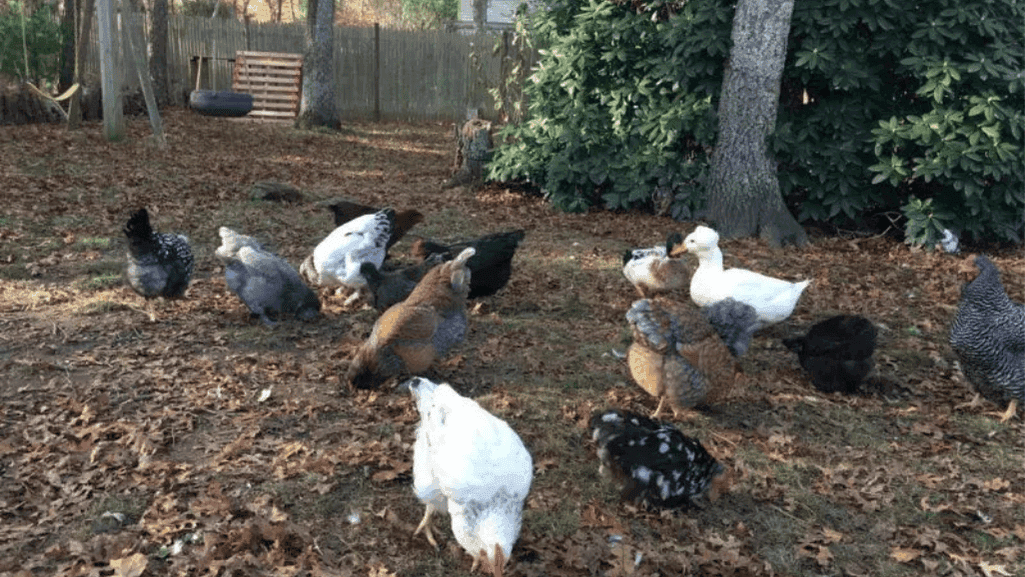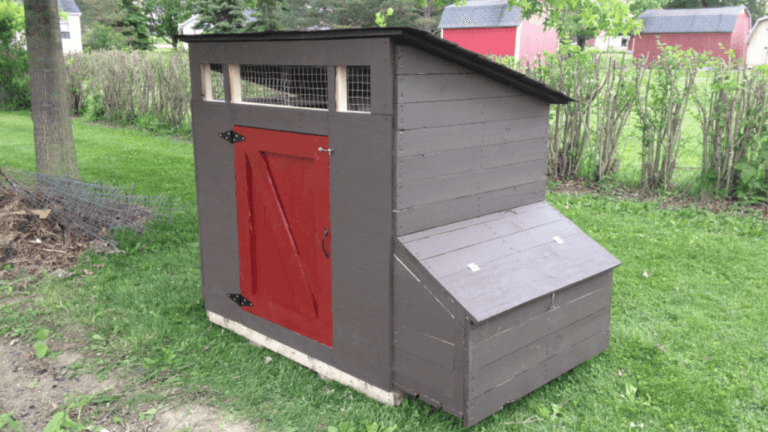Backyard poultry fans might think about mixing chickens and ducks in their flock. These birds can live together, but it needs careful planning. Integrated poultry housing is key to a peaceful home for both.
Chickens and ducks are similar but also different. They have unique looks, behaviors, and eating habits. Knowing these differences helps you create a welcoming space for ducks in your flock. A mixed flock can be great for your backyard, making it more interesting and diverse.
Key Takeaways
- Chickens and ducks can live together in integrated poultry housing with proper management
- Understanding the physical, behavioral, and dietary differences is key for successful cohabitation
- Providing separate food and water sources is essential to avoid conflicts and health issues
- A mixed poultry flock can offer benefits like space efficiency, pest control, and biodiversity
- Careful planning and monitoring are necessary to ensure a harmonious interspecies poultry environment
Understanding the Differences Between Chickens and Ducks
Chickens and ducks can be great additions to your backyard. But, knowing their differences is key before setting up a poultry coop for both. Recognizing their physical, behavioral, and dietary needs helps create a happy home for all.
Physical Differences
Ducks and chickens look different. Ducks have webbed feet for swimming, while chickens have claws for scratching. Ducks also have waterproof feathers, making them dry after a swim.
This shows why ducks need easy water access in a mixed flock.
Behavioral Traits
Chickens and ducks behave differently. Ducks are more cold-tolerant and love water, which can be messy. They sleep on the ground, needing separate spots in a coop.
Ducks are easier to keep in one place than chickens, staying near water. Chickens can fly over fences, making them more likely to wander.
Dietary Needs
Chickens and ducks can eat the same layer feed, but ducks need special care. Ducklings need more heat and niacin for strong legs and bones. Feeding ducks waterfowl feed with niacin helps their growth.
For a shared home, provide deep water for ducks. This meets their natural needs and keeps their feathers healthy. By meeting each species’ needs, you can have a happy, mixed flock.
Benefits of Keeping Chickens and Ducks Together
Keeping chickens and ducks together in your backyard has many benefits. It’s great for the birds and for you. Can chickens and ducks live together in harmony, making your backyard a diverse and efficient place.
Space and Resource Efficiency
One big advantage of keeping them together is saving space and resources. You can use your coop and run area more efficiently. It’s important to have enough space for both species to live peacefully.
A good mix is about 4 ducks and 10+ chickens. This helps avoid overcrowding and mess.
Pest Control
Ducks are great at controlling pests like slugs and snails. They help keep your backyard clean and healthy. They are also less likely to damage your garden compared to chickens.
Enhanced Biodiversity
Adding ducks to your chicken flock makes your backyard more interesting. Each bird brings its own unique traits and behaviors. Ducks are friendly and social, while chickens are known for laying eggs.
Together, they create a diverse and fun flock. They provide entertainment and learning for your family.
Ducks also have special benefits. They lay large, nutritious eggs all year. Duck egg breeds like Khaki Campbells are known for their consistent egg-laying. Their eggs are bigger and better than chicken eggs, making them valuable for any homestead.
Challenges of Co-housing Chickens and Ducks
Keeping chickens and ducks together can be rewarding. But, it’s important to know the challenges that might come up. By tackling these issues, you can make a happy and healthy home for your birds.
Territorial Behavior
One big challenge is territorial behavior, mainly in males. Ducks and chickens might fight over water, as ducks love to splash and swim. Chickens, on the other hand, prefer clean water. To avoid fights, make sure there are enough females and give each species its own water spot.
Disease Management
Keeping your birds healthy is key when you have chickens and ducks together. Ducks can bring diseases that might harm chickens. So, it’s vital to keep everything clean and follow strict biosecurity rules.
“Proper coop ventilation is key for both chickens and ducks to stay healthy.”
Feeding Regimens
Ducks and chickens can eat the same layer feed, but they have different needs. Ducks need more niacin and like fresh foods more. To meet their needs, give them separate places to eat and adjust their diets.
Also, remember ducks make a mess with water. This can make the bedding damp and need more cleaning to keep your flock healthy.
Ideal Housing and Habitat Requirements
When setting up a mixed flock housing for chickens and ducks, it’s essential to consider their specific needs. They can live together well, but their needs must be met for their health. Let’s explore the key aspects of creating an ideal poultry habitat setup.
Coop Design Considerations
A well-designed coop is key for your mixed flock’s comfort and safety. Ducks need about 1 ½ to 2 sq ft (46-61 sq cm) per bird in the coop. Chickens need 2-3 square feet per bird.
Adequate ventilation is vital, as ducks emit more moisture than chickens. This can lead to mold growth and frostbite risks. Install windows or vents to promote air circulation.
Ducks prefer to sleep on the floor, while chickens roost on elevated perches. Provide separate sleeping areas for their different preferences. Also, ensure the coop is raised or at least 12 inches tall.
Secure doors that close at night and openings covered with small mesh wire are necessary. This prevents predator access.
Fencing and Space Needs
Your mixed flock will need a secure outdoor space for foraging, exploring, and swimming. Ducks require at least 15-20 sq ft (457-609 sq cm) per bird in the run. Chickens need a minimum of 3 square feet per bird.
Fencing should be at least 8 feet high to ensure predator-proofing and prevent birds from escaping.
A clean coop environment is vital, using appropriate litter to prevent the growth of harmful microorganisms such as salmonella and E. coli.
Place the coop on high ground to prevent flooding and ensure proper drainage. Avoid a muddy duck run. Keep chicken housing at least 20 feet away from garden perimeters and duck housing at least 30 feet away. This preserves plants and deters nuisance issues.
Water Access
One of the most important duck coop essentials is easy access to water. Ducks need a deep water source for drinking, deep enough to dunk their entire head in. They also enjoy splashing in the water, which helps keep their feathers waterproofed.
Provide a kiddie pool or a large tub of water for your ducks to enjoy. Unlike chickens, ducks tend to splash and sit in water tubs, leading to more frequent water refills. Gravity style waterers are not suitable for ducks as they quickly empty them, so consider alternative water container options.
A waterer can help keep chickens cool in hot weather. It can be set up with a misting system for added airflow.
By thoughtfully designing your mixed flock housing and providing the necessary amenities, you can create a harmonious and healthy environment for your chickens and ducks to thrive together.
Tips for Successful Co-habitation
Integrating ducks and chickens into a harmonious backyard flock needs careful planning. Follow these tips for a smooth transition and a happy, healthy mixed flock.
Introducing New Birds
When adding new birds, use a separate quarantine space for at least two weeks. This helps monitor their health and prevents disease spread. Watch for illness or odd behavior before introducing them to the rest of the flock.
Monitoring Behavior
Keep an eye on your birds’ behavior for aggression or bullying. Minor squabbles are okay, but persistent aggression can cause injuries and stress. If you see aggressive behavior, separate the bird to cool off. Make sure all birds have enough space and resources to live peacefully.
It’s also key to keep a balanced male-to-female ratio. Aim for eight hens per rooster and two to three ducks per drake. This prevents too much mating and stress on females.
Health Check Strategies
Regular health checks are vital for a thriving flock. Ducks, geese, and chickens can get diseases like avian influenza and respiratory infections. Look for signs of illness like lethargy, loss of appetite, or odd droppings. Isolate and treat sick birds quickly to stop disease spread.
Also, follow a strict biosecurity protocol for poultry health. This includes:
- Regularly cleaning and disinfecting the coop, feeders, and waterers
- Providing fresh, clean bedding materials
- Ensuring proper ventilation to maintain air quality
- Limiting visitor access to the coop area
By being vigilant and proactive, you can successfully integrate ducks and chickens. This way, you’ll keep your backyard flock harmonious and healthy.
Conclusion: Making the Right Decision for Your Flock
Before starting a mixed flock, check if your backyard is ready. Chickens and ducks can live together, but they need different things. Ducks need water, while chickens don’t. Ducks also eat more niacin and have eggs that last longer.
Keeping a mixed flock is a big job. Chickens fight bugs well, but ducks are less territorial. Ducklings are stronger against some diseases, but chickens might get mites. Make sure new birds have enough space to avoid fights.
Chickens and ducks can live together with the right setup. Adult ducks and chickens can share a home, but it needs some changes. Baby ducks and chicks should be kept apart. Ducks need more moisture and special care for a peaceful home.
For more on Pekin ducks, a fast-growing breed, check our guide. It’s full of tips for a happy mixed flock.
Assessing Your Backyard Environment
Check your backyard before adding ducks to your chickens. Make sure it’s big enough for both, with clean water and food. Also, think about predators and how to protect your flock.
Long-term Care Commitment
Keeping chickens and ducks together is a big job. You’ll need to feed them well, check their health, and keep their home clean. Watch their behavior and fix problems fast to keep them happy.
Final Thoughts on Duck and Chicken Cohabitation
Keeping chickens and ducks together is tempting, but think it through. With the right setup and care, it can be rewarding. Learn about their needs and be ready to adjust to keep them happy together.


